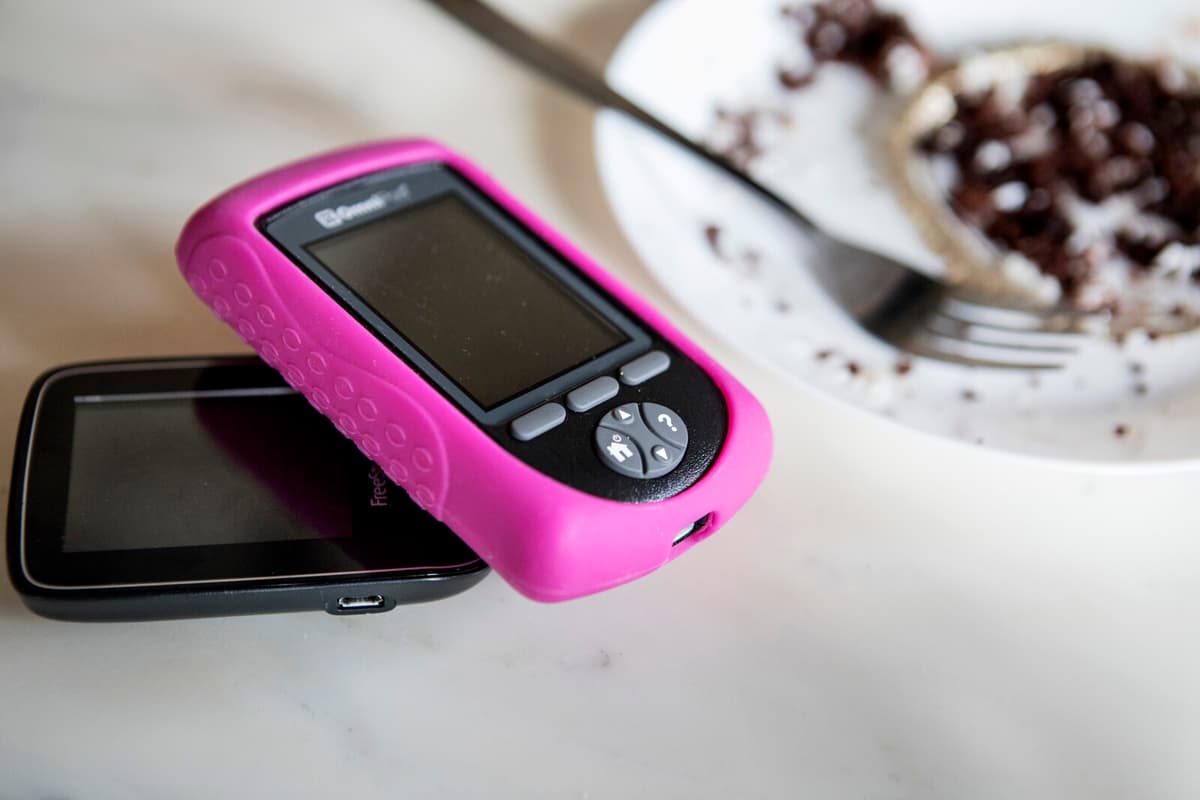This is about a new method that has been tested on a patient in Uppsala by researchers at Uppsala University.
Four weeks ago, a 40-year-old man with type 1 diabetes received a small amount of insulin-producing cells from a donor in his underarm muscle, which several media outlets have reported on. The idea is that the healthy cells will be able to produce insulin in the recipient and thus cure the disease.
Most people with type 1 diabetes are treated with insulin to keep their blood sugar levels under control. Transplanting cells is already an alternative today, but it requires the patient to take immunosuppressive medication to prevent the body from rejecting the foreign cells, medication that has severe side effects.
With the method now being tested, the donated cells have been genetically modified to avoid being detected by the immune system.
After a month with the new cells, the patient is doing well and the cells have survived. In the first stage, the patient has only received a small amount of cells to test whether the method is safe. The diabetes disease has not been affected.
The next step in the research project is to conduct experiments with cells that have been cultured outside the body, since the number of donated cells is limited.
We need a large amount of cells for this to become a treatment, says Per-Ola Carlsson, professor of medical cell biology at Uppsala University to Dagens Nyheter.
The result, which has not yet been reviewed by other researchers or published in any scientific journal, will be presented at a diabetes congress later this spring.
There are two main types of diabetes: type 1 and type 2.
Type 1 diabetes, also known as juvenile diabetes, occurs when the body's immune system destroys the insulin-producing cells, making the person dependent on insulin.
Type 2 diabetes, or adult-onset diabetes, is due to insulin resistance, where the body's cells cannot use insulin effectively. Insulin regulates the level of blood sugar in the body. Insulin resistance is often linked to lifestyle factors.
About 90 percent of those affected in Sweden have type 2 diabetes.
Source: The Diabetes Fund, Vårdguiden 1177.se





